When all the sales reps say they have the best grass for you – here’s what to consider when choosing the right perennial ryegrass for your farming operation. Five main points you have to consider when choosing a perennial ryegrass: Endophyte strains Choosing and understanding the correct endophyte strain is important for the longevity of your pastures with insect pests stripping valuable dry matter and can even kill ryegrass pastures. Black beetle, cockchafers, lucerne flea, grass grub and field crickets (just to name a few) pressure the persistence of perennial pastures. SE, AR1, AR37 and NEA2 are all novel endophytes and have been developed by plant breeders to help protect grasses from insect attack. Learn more about endophytes Heading date Standard heading ryegrasses […]
Tag: Agronomy
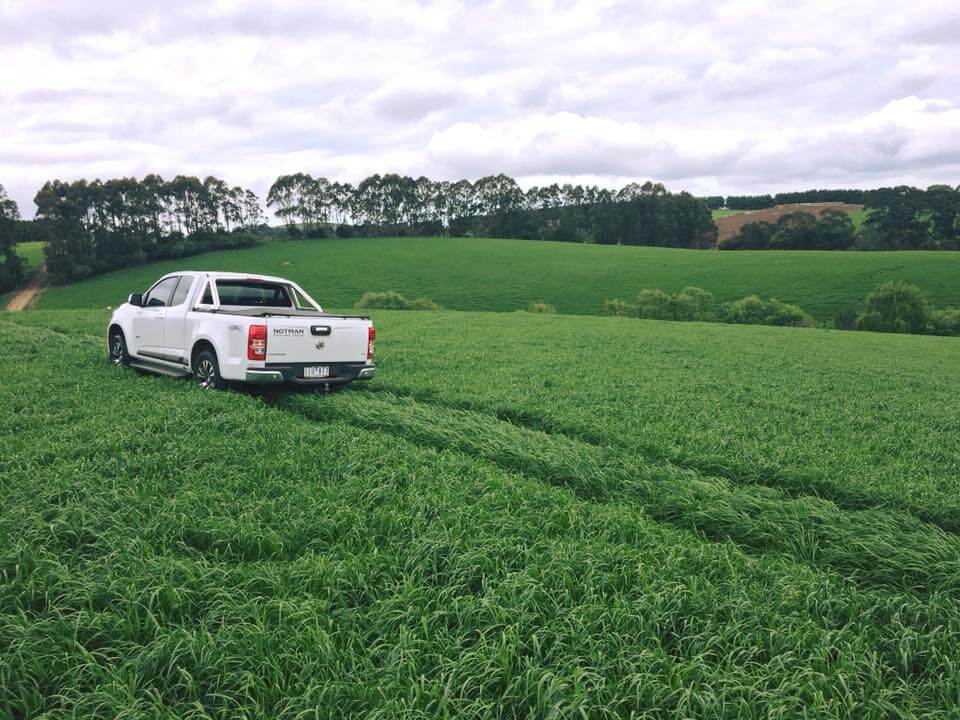
Growing demand for Bullet ryegrass for fast winter-feed
With a particularly dry summer and autumn for farming in Southern Victoria creating a reduction in feed options over the coming months, farmers have increasingly been looking at cheaper and quicker home grown feed options. In many cases, it has become evident heavily grazed paddocks haven’t bounced back so there has been a focus on boosting home grown feed supplies before soil temperatures cool down and growth rates slow. The introduction of fast growing annual ryegrasses is a key component of many pasture programs especially whenever there is a need to bump-up production levels to crease extra supplies. Key features are their speed of establishment, high growth rates over autumn, winter and late into spring, coupled with high pasture quality […]
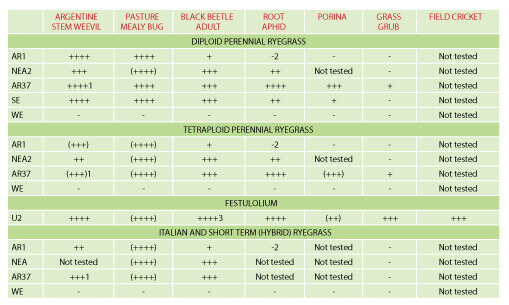
Grass Endophyte Explained
Endophyte in grass play an important role in resisting insect attack in pasture but there is a price to pay in ryegrass staggers and reduced animal performance. Seed breeders develop “novel endophytes” that protect the grass against a greater range of insect pests, with no negative impacts on ruminant health or performance. Grass plants may contain an internally growing fungus called endophyte. Different strains of endophyte are available in many of the grass cultivars. Standard Endophyte An option where price is crucial and high animal production is not a major issue. Stock grazing these pastures can often suffer from ryegrass staggers and experience reduced weight gains throughout the warmer months. The Standard strain (SE) implies that the cultivar contains a wild […]

Kicking off Western District pasture renovation
It has been a particularly dry start to the year in the Western District – and that has led to sustained and heavily grazed paddocks and a reduction of feed options moving into Autumn. To kick off the year Warrnambool recorded 29.2mm, 55% down on January-February average of 65mm. Terang recorded 36.8mm, 39% down on average 61mm. And Nullawarre recorded 48.4mm, 39% down on average 80.4mm. In some cases pastures won’t bounce back, so increasingly demand has risen for cheaper, quicker, home grown feed that’s still coupled with high pasture quality and palatability. The introduction of fast growing annual ryegrasses is a key component of many pasture programs especially whenever there is a need to bump-up production levels to increase […]
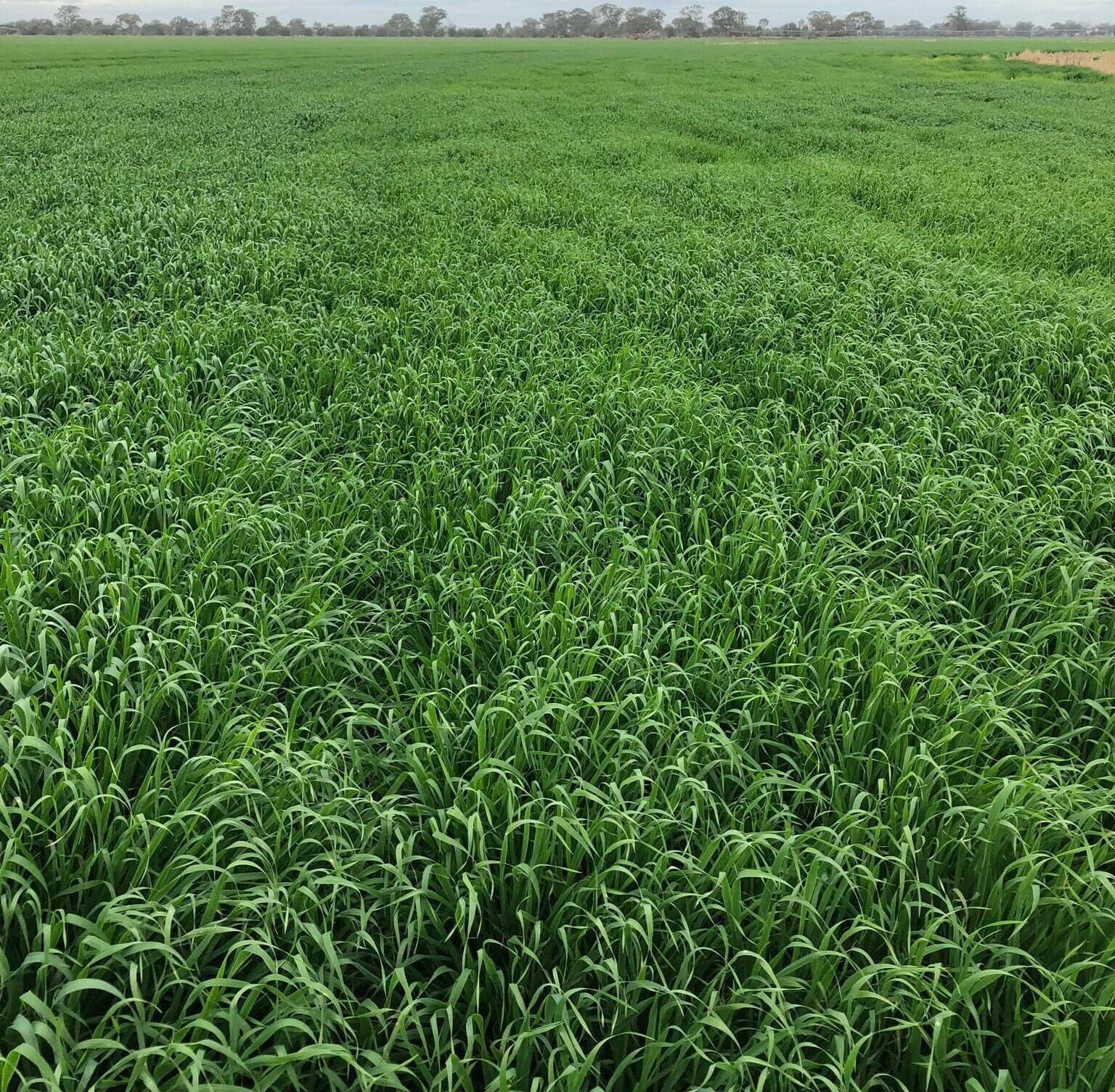
Research and development at Notman Pasture Seeds
Many pasture and forage varieties available from Notman Pasture Seeds are thoroughly trialled and tested on farms throughout Australia & New Zealand to assess their performance capability under varying farming conditions. Notman Pasture Seeds continue to work with our main suppliers to trials and demonstrate new & existing forage products. Forage varieties are evaluated in these trials for a number of performance- related criteria, including dry matter yield and seasonal performance, pasture quality (including metabolisable energy, digestibility, protein, NDF, etc), persistence, and susceptibility to plant diseases and insect pests.Where necessary, the company undertakes animal performance trials to assess the impact of its varieties on livestock performance and health. All trials are conducted to strict industry-designed protocols, and managed by the […]
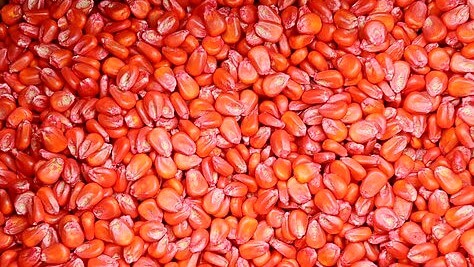
Understanding maize sizing
When maize seed goes through the conditioning process, it is separated into fractions based on kernel size and shape creating uniformity. Fractions of seed corn in different kernel sizes averaged across leading Pioneer ® brand hybrid families in the northern U.S. SEED SIZE OVERVIEW Image supplied by Du Pont Pioneer IMPACT OF SEED SIZE SEED SIZE & RELATIVE IMPACT ON MAIZE YIELD Nearly all kernel sizes can be successfully planted with all planter types. Additional adjustment may be required in some cases KERNEL SIZE PLANTABILITY Kernel size-plantability guidelines for air, vacuum, finger pick-up and plate-type planters August 13, 2018
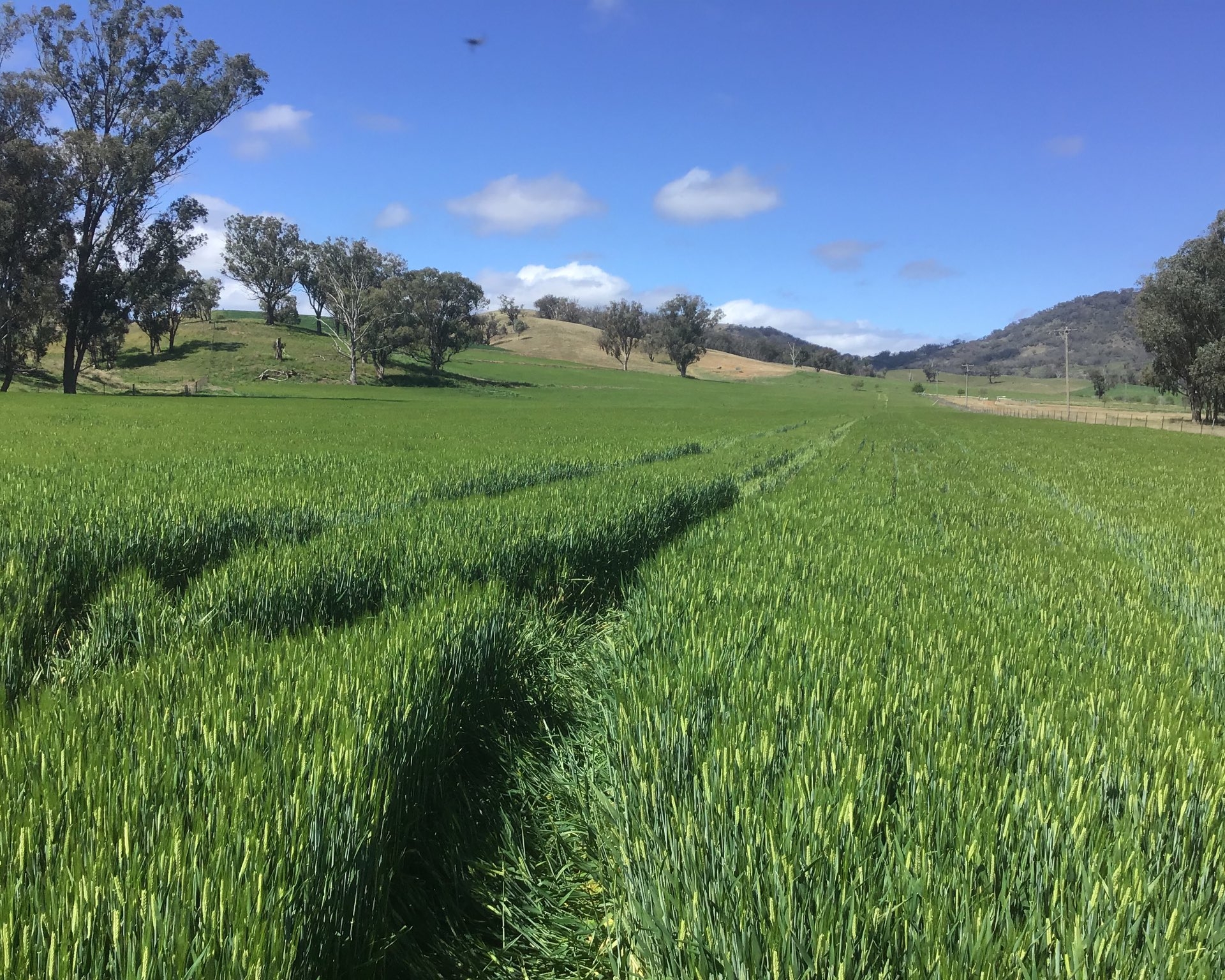
Research and development at Notman Pasture Seeds
All pasture and forage varieties available from Notman Pasture Seeds are thoroughly trialled and tested on farms throughout Australia & New Zealand to assess their performance capability under varying farming conditions. Notman Pasture Seeds continue to work with our main suppliers to trials and demonstrate new & existing forage products. Forage varieties are evaluated in these trials for a number of performance- related criteria, including: Where necessary, the company undertakes animal performance trials to assess the impact of its varieties on livestock performance and health. A key aspect of the Notman Pasture Seeds culture is the continued focus on research through replicated pasture & cropping trials and making that data relevant to the bottom line of farmers. All trials are […]
Army worm plaques
Keep an eye out in your crops & pasture for mass plagues of Army-worm throughout Gippsland! They will eat any leaf you have left! Alpha-Cypermethrin 100EC Insecticide will help you combat this plaque, targeting pests like army worm. If you need further information contact our office (03) 5659 2314 or visit our Contact Page.
New maize option yields well at Loch
A first time try of the Pioneer® hybrid P1070 maize produced excellent yields in two different locations for dairy farmer Ian Hooker, of Loch in South Gippsland, Victoria. Mr Hooker said he’d been growing maize for 15 years although it was the first time he had planted P1070. He said they put in 23 hectares all up with the 13 hectares off-farm producing yields of 26 dry matter tonnes per hectare of silage. “The 10 hectares of the dairy farm was almost as good,” he said. Maize is planted as the weather warms up in November and is normally taken through harvest as silage in April. Mr Hooker said the away block was about 20 minutes from the dairy farm […]







